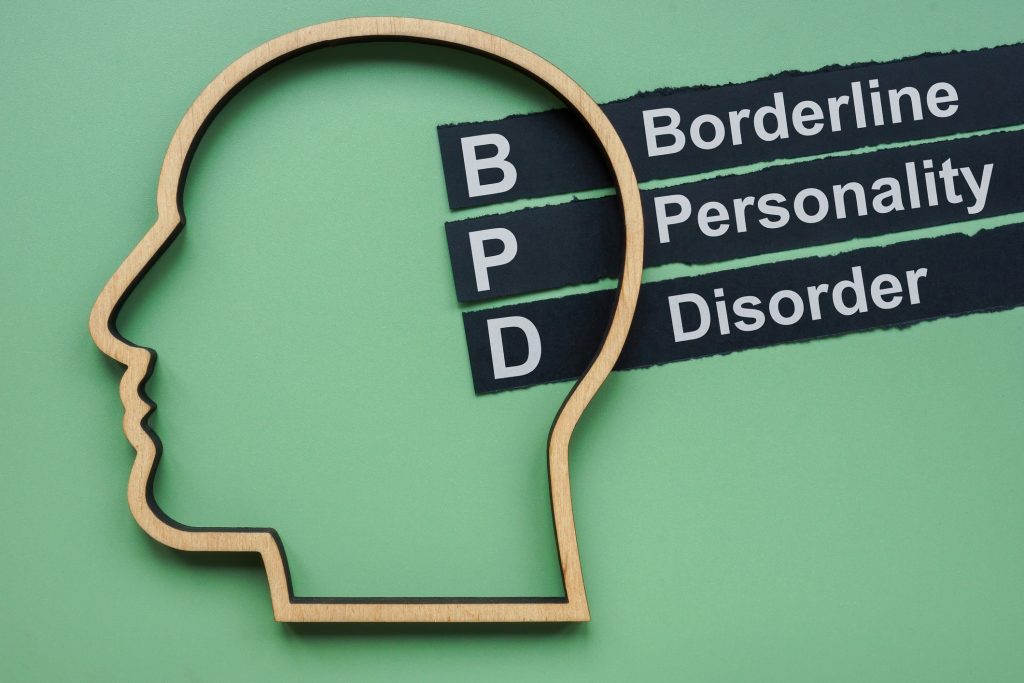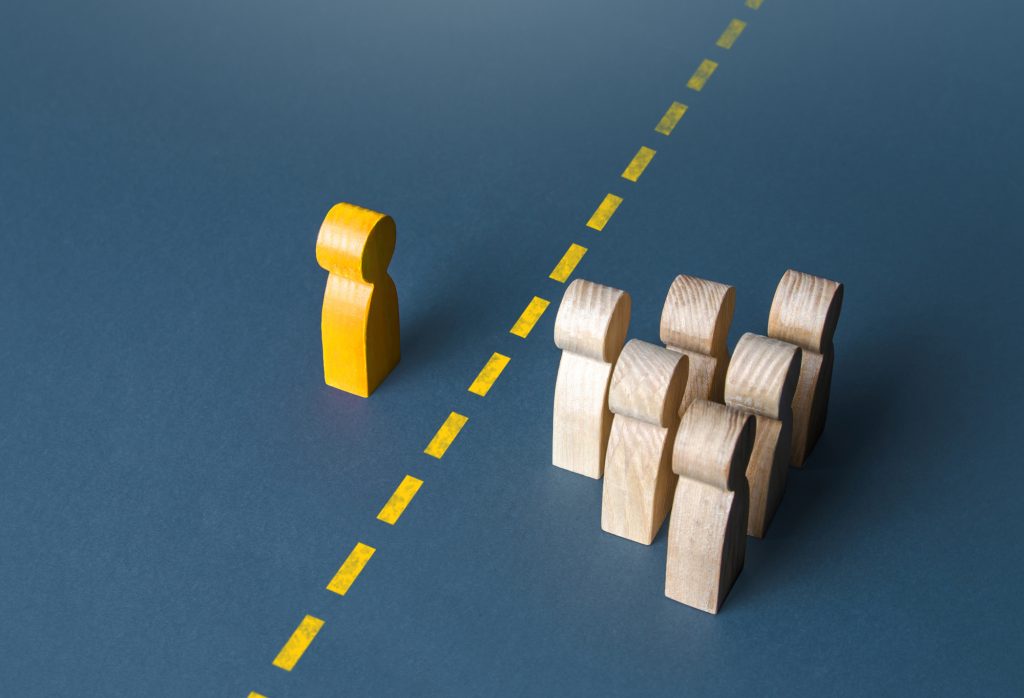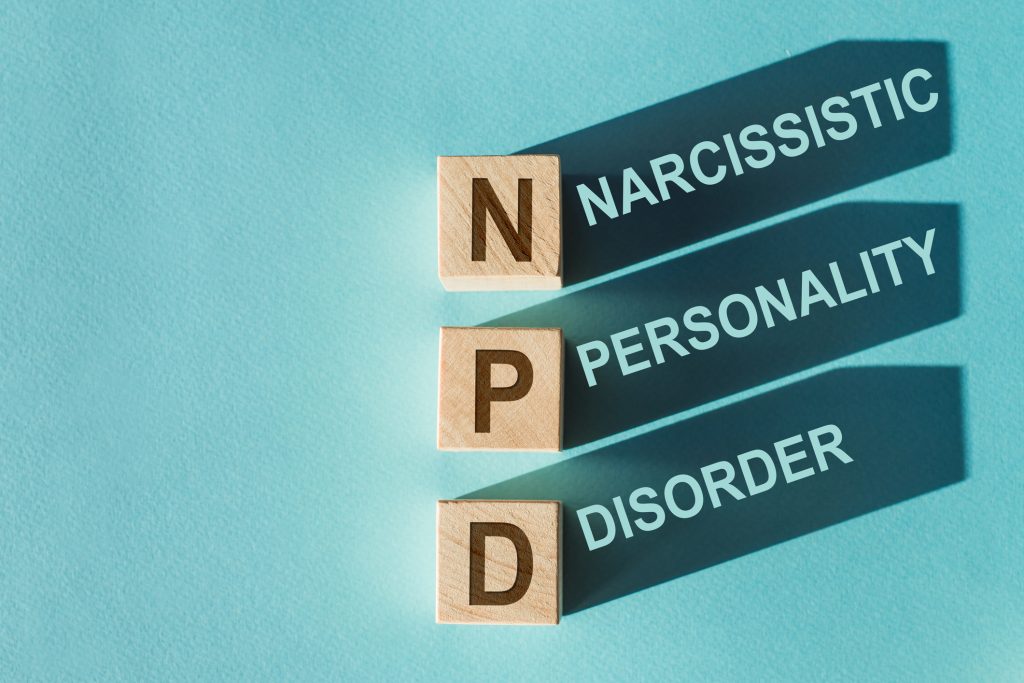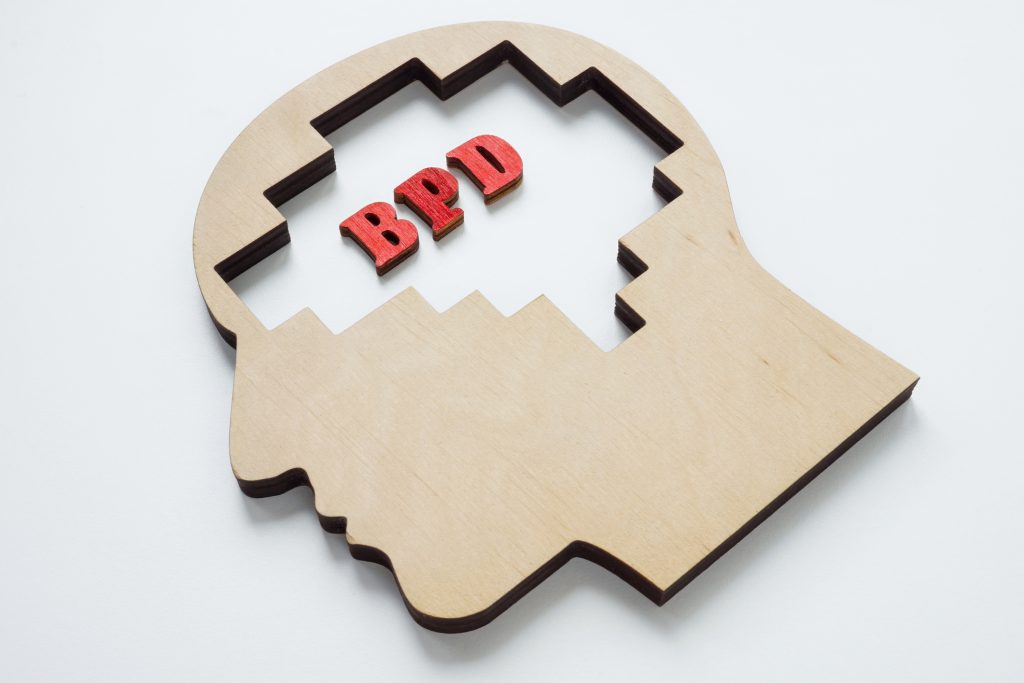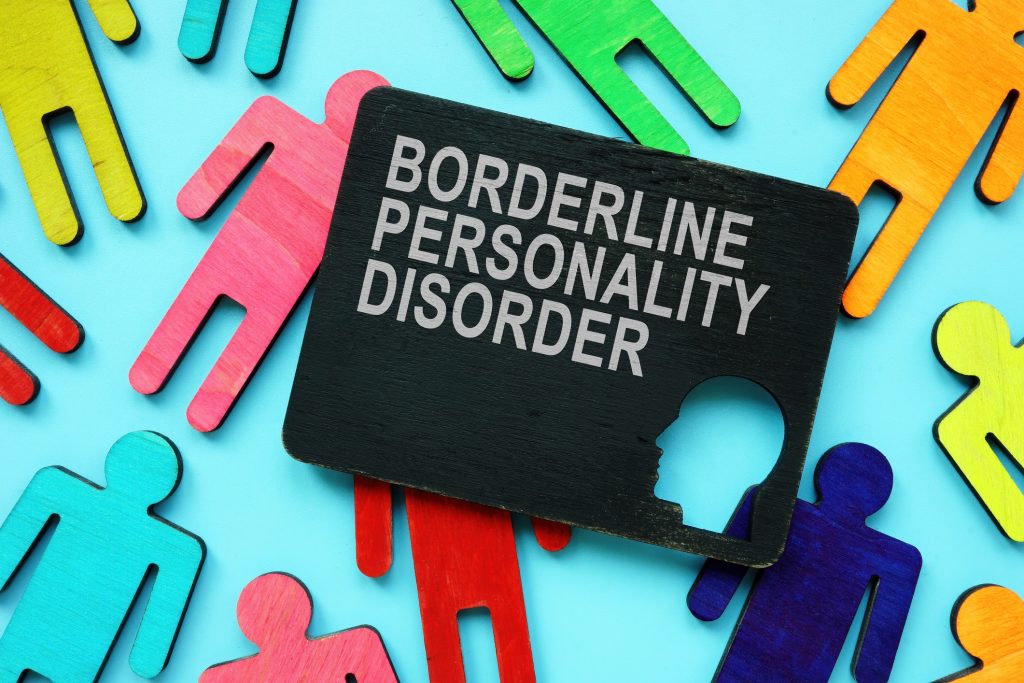
Healing After Heartbreak: Steps to Leaving a Toxic Partner
by Tanya Paquette
Stepping into the unknown. That’s how it may feel now that you’ve left a toxic partner. The emotional rollercoaster is heavy. The healing journey is possible and crucial for your well-being. Understanding the nuances of this experience may provide valuable insights while you work towards your empowerment.
Navigating Emotional Complexity
As you escape a toxic situation, you may experience feelings of grief, anger, and confusion. This is normal. You are trying to process the reality of your situation. Start recognizing that these emotions are normal and the first step in healing. Give yourself the right to feel and express these emotions. Recovery is much harder when you’re not on your side. Consider creating a safe space for your feelings to surface. Writing, art, talking to a trusted friend, and expressing your emotions will help you release from all the pent-up emotions.
Identifying Manipulative Behaviors
To maintain control, toxic partners often manipulate and complicate the decision to leave. They may use gaslighting, emotional blackmail, love bombing, triangulation, blame-shifting, isolation, guilt inducement, playing the victim, shaming, conditional love, threatening you, intimidation, exaggerating the problem, or withholding affection or communication. Once you recognize the manipulation, you can break free from the toxic person. Keep setting firm boundaries and seek support. To counter the negative feelings, you may start journaling or seek trauma-informed coaching. Practice self-care and regain autonomy and confidence. Sometimes, you also need to seek legal advice for your safety!
The Importance of Closure
Sometimes, when on our healing journey, rocks, pebbles, or even icebergs of emotions may impact your healing process. Acknowledging that the relationship has ended allows you to move forward with clarity. It isn’t easy. You can’t just switch it off. But there are ways to close the chapter for good. While I was healing, I tried diverse methods. I can’t testify for others, but here’s what worked for me:
- Therapy
- Trauma-informed coaching,
- practicing gratitude,
- Reconnecting with Nature,
- Exploring New Hobbies,
- I created playlists that empowered me, with upbeat songs like “Unstoppable” or “Titanium,” and some to process my emotions a little sadder but oh so necessary—mostly country, if I’m being honest. But hey, you do you!
I also focussed on my personal growth. I read self-help books, engaged in strength training, and ate clean foods. While he thought I would fall apart and beg him to take me back, I concentrated on celebrating my new journey. How often had I laid on the cold bathroom floor, asking myself why I was enduring such behaviors from someone who claimed he loved me? I decided that if he couldn’t love me, my only choice was to love myself how I deserved. So, I created a vision board. I pinned everything I wished my life could be. Then, I set goals. Then, I separated each goal into small tasks. Then, I started to tick each small task individually until the goal was achieved. And the next. Setting goals helped me find myself.
Setting Boundaries
After leaving the toxic partner, you must communicate your boundaries with those you engage with. Remember, you show people how to treat you by accepting that your boundaries are being crossed. At first, setting boundaries is uneasy, but I won’t lie to you. You will be too harsh on some people and not enough on others. You will put boundaries everywhere or nowhere at all. And that’s okay! We all start somewhere. You can begin by setting communication limits with toxic people or ex-partners. Specify times where you are and aren’t available to socialize, especially from those who drain you. Prioritize your alone time or time with positive influences. Good vibes only. Let people know when you feel overwhelmed, and don’t engage in negative conversations. Set limits on how much time you want to spend physically close to individuals. Let’s say you are at a family supper, and people hug and kiss you over 30 times because that’s just the polite thing to do. If you don’t feel comfortable, you communicate it. Sentences like “I’m sorry, I would prefer to keep my bubble” might help them comprehend that you don’t want to be touched at this time. Reinforcing your boundaries is hard, and guilt will overwhelm you at first. Just keep doing it. Remind people that it is non-negotiable and that you look out for yourself first now.
Support System
Healing is hard enough as it is. You can’t afford to try to heal alone. Friends, family, or mental health professionals can provide the necessary validation and encouragement for your journey. You may want to reconnect with family members you lost touch with. You might try volunteering, meeting new people, or checking in on your friends. Joining clubs that align with your passions or hobbies can be super helpful, too. On some forums or social media, groups that focus on healing exist. You can join most of them easily. Find a mentor in your field of interest that might support you in reaching your goals. Also, you can start a blog or a web journal. Anonymously, no one will know it’s you, and that’s sometimes how people support you the most. Finally, engage in support groups or trauma counseling. Speaking to a professional can equilibrate your thoughts and remove some shame or negative feelings you might be dealing with on your journey. Ultimately, there are many ways to cope with your difficult situation, but surrounding yourself with positive people who care about you and want to uplift you is a true blessing in such a journey.
Embracing Your Healing Journey
Healing requires time and self-compassion. It is hard. It hurts at times. Most of the time. Now is the time to focus on your self-care and activities that uplift you. Practicing mindfulness, journaling, therapy, creating a daily routine, spending time outdoors to ground yourself, and setting goals can also provide direction and purpose. You may want to open to change as old patterns may have a key role in your toxic relationships. I also enjoyed exploring spirituality, limiting screen time, and trying yoga. Yes, I know it sounds ridiculous. At first, I didn’t think It would help. It allowed me to see clearly and calmly without negative influences. I got myself a pet. Zootherapy can be quite the charm in these situations. I redecorated using free online DIY’s; I created my vision board- Focusing on my growth and getting out of my comfort zone as much as I could, cultivated hobbies that fulfilled me, like painting and writing, and started my business from the ground up. I volunteered in my community and took on a fitness journey. Which brought a lot of anger and sadness but also helped give me an outlet for it. Take as many breaks as you need. The healing you must do is not linear. Enjoy the mess, and let go of the rest!
In conclusion, healing after a heartbreak is an arduous journey that requires patience and self-love. Acknowledging that you have emotions and that they are valid, as well as giving yourself the right to feel them, is key to this journey. Recognizing manipulation, seeking closure, establishing boundaries, and building a network to support you will help you embrace the experience with resilience. Engaging with a trauma-informed coach can further empower you on this route. They can provide helpful tools and insights to reclaim your life and power. Embracing the steps helps you emerge stronger and more self-aware. This enables you to grow into healthier relationships in the future. Trusting yourself and rediscovering yourself is essential to meeting your true self.










